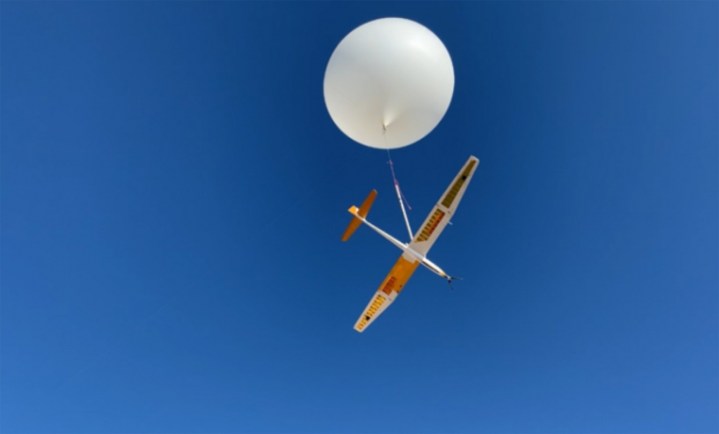The huge success of the Mars helicopter Ingenuity has proven it’s possible to explore other planets from the air, and researchers are working on a variety of flying craft concepts for future planetary missions. To fill in our knowledge of Mars between rovers on the surface and orbiters in space, researchers from the University of Arizona have proposed an experimental sailplane that operates without a motor and that could sail through the Martian air for days at a time.
“You have this really important, critical piece in this planetary boundary layer, like in the first few kilometers above the ground,” said Alexandre Kling, a research scientist in NASA’s Mars Climate Modeling Center, in a statement. “This is where all the exchanges between the surface and atmosphere happen. This is where the dust is picked up and sent into the atmosphere, where trace gases are mixed, where the modulation of large-scale winds by mountain-valley flows happen. And we just don’t have very much data about it.”

The idea is to fill this gap with a wind-powered sailplane that could glide through the air when there is enough wind, and also use a technique called dynamic soaring when the vertical wind isn’t strong enough to keep it in the air. Similar to the way birds like albatrosses can soar on extremely long journeys, the technique takes advantage of the way higher altitudes tend to have stronger winds, allowing a craft to continue flying by changing both direction and altitude as required.
The big advantage of this method is that it doesn’t rely on solar panels, which can get dusty (like those on InSight), or nuclear batteries, which are heavy (like those used in rovers). “These other technologies have all been very limited by energy,” said one of the researchers, Adrien Bouskela. “What we’re proposing is just using the energy in situ. It’s kind of a leap forward in those methods of extending missions. Because the main question is: How can you fly for free? How can you use the wind that’s there, the thermal dynamics that are there, to avoid using solar panels and relying on batteries that need to be recharged?”
Sailplanes could be released from small satellites called CubeSats or carried into the atmosphere by balloons. The team has run a test of the concept on Earth using a balloon, and this summer, they plan to perform more tests at high altitudes of 15,000 feet above sea level, where the air is thinner and is more analogous to the atmosphere of Mars.
The concept is detailed in a paper in the journal Aerospace.



